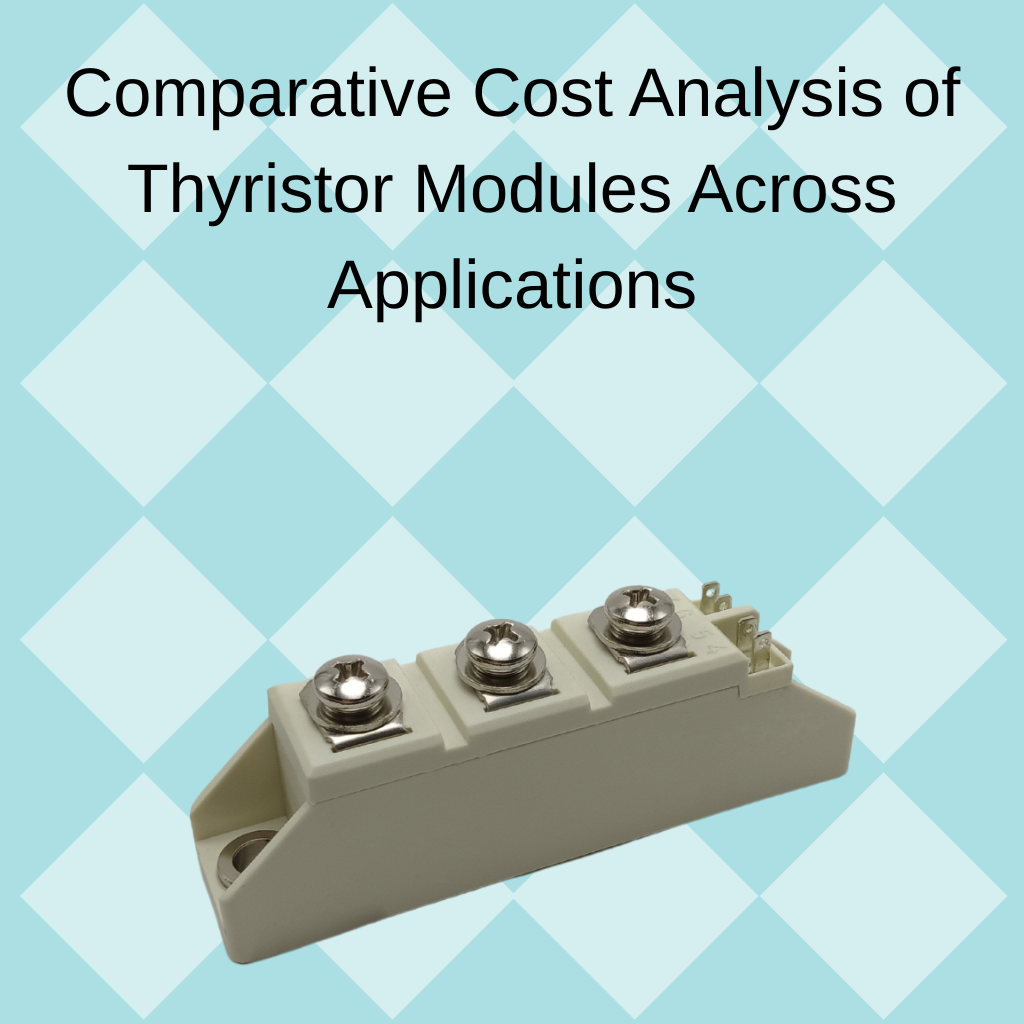Article 3: Comparative Cost Analysis of Thyristor Modules Across Applications
URL (pseudo‑static): 2025092912392165597179
The cost of a thyristor module can vary dramatically based on current capacity, construction quality, and target application. As demand surges for more robust modules in power-heavy sectors, pricing transparency and cost optimization have become key. This article examines how prices differ among products like the traction surge protection desalination High surge current low on‑state voltage industrial phase control dual thyristor module, 250A zero-cross diming High surge current low on‑state voltage industrial phase control dual thyristor module, and the welded-SCR Infineon TT330N14KOF 330A thyristor module for UPS systems.
1. Key Pricing Components
Across the market, these factors significantly affect thyristor module pricing:
Silicon die quality and size (larger chips for higher current = higher cost)
Thermal management design, including heat sinks and solder interfaces
Surge current and voltage drop ratings, critical for power conversion systems
Mounting format, such as welded-SCR vs. press-fit vs. screw-mount
The welded-SCR Infineon TT330N14KOF 330A thyristor module for UPS systems, for example, fetches a higher price due to its rugged housing, high amperage, and brand assurance.
2. Price Ranges by Application Type
| Application | Average Module Cost (USD) | |-------------|----------------------------| | Industrial Dimming Systems | $65–$95 | | Rail & Traction Control | $120–$160 | | UPS & Desalination Systems | $140–$180 |
The 250A zero-cross diming High surge current low on‑state voltage industrial phase control dual thyristor module offers competitive pricing due to mass-market volume, while traction and UPS-specific modules command a premium.
3. Cost vs. Performance Trade-offs
Buyers face trade-offs when selecting modules:
Low-cost modules may lack high surge current protection or thermal resilience.
Mid-range modules like the 250A dimming version balance cost and performance.
High-end welded-SCR types provide maximum reliability but require higher budgets.
The traction surge protection desalination High surge current low on‑state voltage industrial phase control dual thyristor module is priced above average, but its performance justifies long-term deployment in high-demand environments.
4. Economies of Scale
OEMs buying in volume benefit from:
10–15% discounts on orders >5,000 units
Customization options at lower marginal cost
Extended warranties bundled with direct-from-manufacturer purchases
This especially applies to large-volume purchases of 250A zero-cross diming High surge current low on‑state voltage industrial phase control dual thyristor module, where repeat orders reduce logistics and per-unit admin costs.
5. Recommendations for Cost Optimization
Compare lifecycle cost, not just unit price
Choose application-specific modules to avoid over-specifying
Audit supplier quality and delivery terms before bulk contracts
Bundle accessories (heatsinks, snubbers) for reduced integration cost
READ MORE:
Price Analysis and Market Trends of Thyristor Modules in 2025
Performance-Driven Selection of 106A Thyristor Modules for UPS Systems
Selecting the Most Suitable 106A Thyristor Module for UPS Efficiency
Engineering UPS Reliability with the Right 106A Thyristor Modules
How to Choose the Right Thyristor Modules for UPS Applications

